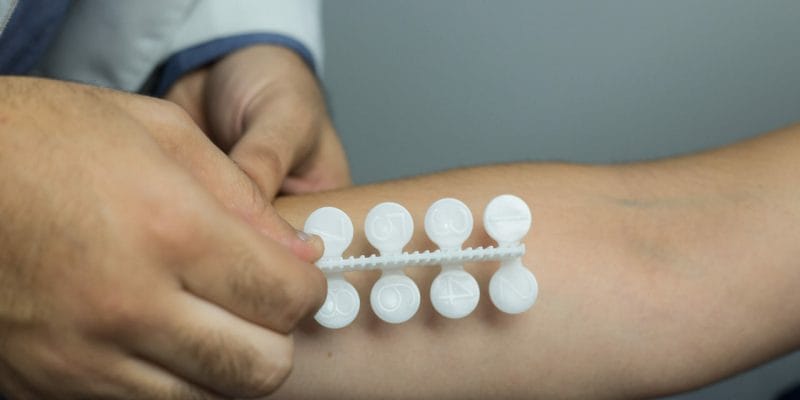Spring is here and for many of us this means allergy season. Weeks to months of sneezing, runny nose, itching, and eye watering. For some, environmental allergies can even last all year long! We have all heard about allergy testing, but you might be wondering if you need to be tested? Is all testing the same? What testing methods are out there?
Why should you get allergy testing?
Most of the time a doctor can tell from your symptoms and timing whether or not you have allergies. Medications can often be prescribed for treatment without allergy testing. However, allergy testing can be used to figure out what you are allergic to. This can be helpful if you are considering allergy shots, cannot figure out if your symptoms are related to allergies, or are looking for ways to improve your environment to decrease your exposure to allergens.
Allergy testing can be done either as skin testing or blood testing. Skin testing is often referred to as “scratch” testing or “prick” testing. It involves placing a small amount of the potentially allergic material under the skin and waiting to see if a person develops a reaction to this. This is one of the oldest allergy techniques. It is widely practiced and gets you immediate answers. It is generally safe and accurate. On the other hand, skin testing requires that patients stop many of their allergy medications, it causes itching and redness over the area tested, and can rarely cause serious allergic reactions.
Blood tests can also be used to figure out what people are allergic to. A blood sample is usually sent out to a lab for analysis, so the results are not available for a few days. There is no risk of having an allergic reaction with the blood test and patients do not have to stop their regular allergy medicines before the test. Allergy treatment can often still be prescribed based on blood testing as well.

